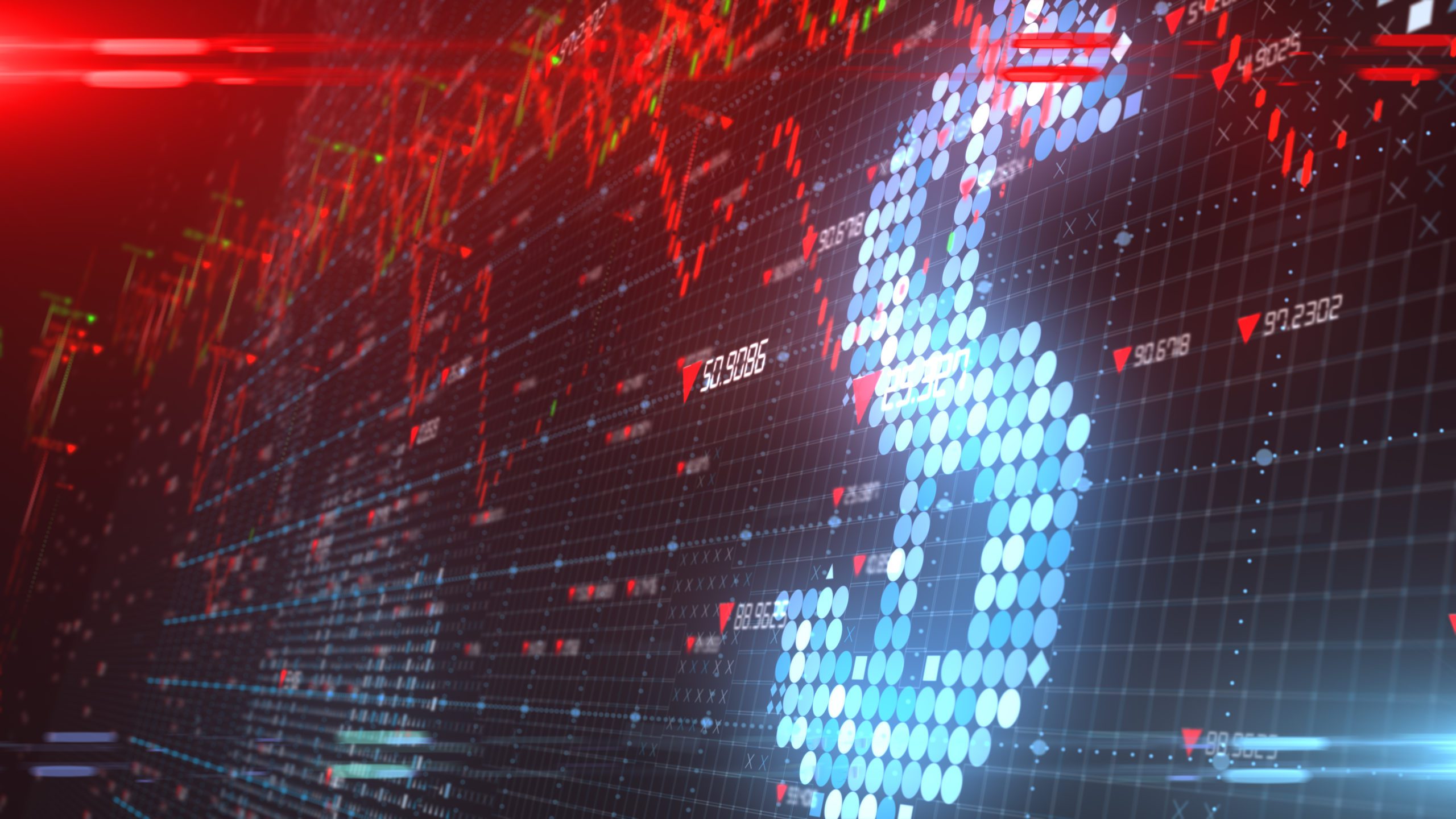Consumers are increasingly turning to their credit cards to stay in step with rising prices as savings rates decline in the United States.
With pandemic-related stimulus ending and inflation surging, annual percentage rates and credit card balances are both headed to historic highs.
In April, the U.S. personal savings rate fell to 4.4%, the lowest since September 2008, according to data from the Commerce Department.
Still, analysts at Goldman Sachs say that households’ incomes have remained higher than their spending due to a strong recovery in wages, despite four-decade high inflation. Inflation is seemingly outpacing rising incomes, causing increases in debt.
Last month, consumer spending grew 0.9%, according to the Commerce Department. March data was revised to show rates raced to 1.4% instead of 1.1%.
Meanwhile, incomes grew for a seventh straight month, but at a more modest 0.4% instead of the expected 0.5%.
U.S. wage growth looks to be leveling off, which is good news for the Federal Reserve, although not for working Americans. Economists predict a moderate annual earnings growth of 5.2% in May, down from April’s 5.5%.
The Commerce Department reported that the Personal Consumption Expenditures price index climbed 0.2% from March to April and was up 6.3% from a year ago.
Many financial institutions predict a recession will happen soon, believing that increased credit card spending could be masking signs that the Fed’s rate hikes are triggering a slump.
Deutsche Bank thinks the recession will start in late 2023. Morgan Stanley predicts the S&P 500 will fall to 3,400 by the summer’s end, roughly 14% from current levels.






